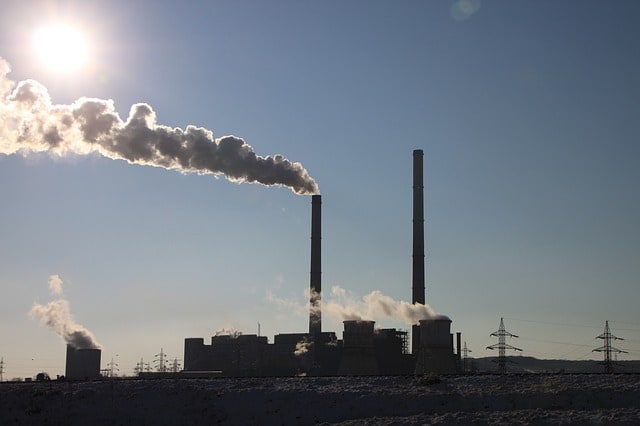The goals to limit global heating to 2C of the Paris climate agreement 2015 require greenhouse gas emissions cut targets to be at least tripled and increased by up to fivefold as per the assessment backed by the world’s major climate science bodies.
At the UN climate action summit in New York on Monday, the report launched explains that with the current plans, the average global temperatures would rise between 2.9C and 3.4C by 2100, which is likely to bring catastrophic change across the globe.
According to the United in Science report coordinated by the World Meteorological Organisation, only with an urgent alteration in commitments and action, it is still possible to reduce the gap keeping global heating at a safe level.
The consecutive five years between 2015 and 2019 are on track to be on average 1.1C hotter than pre-industrial times and the warmest compared to any equivalent period on record.
Many changes which were forecasted a decade ago including declining sea ice and glaciers, long-lasting heatwaves, record-breaking wildfires, cyclones, floods and drought that are linked to the temperature rise, have hit sooner and harder.
Speaking ahead of the summit, António Guterres, the UN secretary-general said the world was fraying and in deliberate need of cooperation internationally more than ever.
“Let’s face it; we have no time to lose,” he said.
The report confirmed well-established trends, said Pep Canadell, the executive director of the Global Carbon Project and a contributing author on the report. In the past three decades, the climate changes had accelerated and particularly in the past decade, Pep said.
“How many climate records does it take to accept the unprecedented nature of what we are living and to act upon it?”
On Friday, people in million participated in an unprecedented global demonstration, joining the movement started by Swedish teenage activist Greta Thunberg in demand for urgent action to tackle global heating. Similar to the report, the protest was timed to put the leaders gathering for the climate summit, held ahead of the annual UN general assembly, on pressure. The leaders from about 60 countries worldwide including India’s Narendra Modi, Britain’s Boris Johnson, and Germany’s Angela Merkel will speak at the summit.
The leaders were asked by Guterres to come with new commitments closer to meet the goals of Paris Agreement of limiting global heating to at least 2C, and if possible close to 1.5C, compared with pre-industrial levels. Countries are required to end fossil fuel subsidies, cut emissions by 45% by 2030, and ban new coal plants after 2020.
Donald Trump will not attend the summit as he has promised to pull the US out of the Paris agreement. Despite being in the US this week, the prime minister, Scott Morrison would not attend after refusing to meet a request from Guterres that countries announce new commitments before attending. Marise Payne, the foreign affairs minister, will represent Australia. Trump and Morrison opened an Ohio box factory owned by Australian Anthony Pratt while leaders headed to New York on Sunday.
As per the estimation of United in Science report, with the support of United Nations Environment Programme and the Intergovernmental Panel on Climate Change, global emissions are not likely to peak until 2030 on the current trajectory.
The report says policies to reduce emissions must triple to hit the 2C target and increase fivefold to limit heating to within 1.5C.
For the world to meet the 2015 Paris goals, the emissions from coal power would need to peak coming year and fall to zero by 2040, a separate report releasing on Monday has found.
The developed countries like Australia, the US and those in Western Europe which can move fast to cleaner sources need to end the use of coal for electricity by 2031 whereas less developed countries would require closing their coal plants across the following decade.
As investors stopped backing new coal developments, it reflected 75% fall in the number of new plants planned worldwide since 2015, however, cancelling new projects was not enough as per the analysis by Berlin-based Climate Analytics.
Emissions from coal power increased by 2.9% in 2018 and contributed to nearly one-third of carbon dioxide pollution globally, according to the International Energy Agency.
“Governments now need to introduce effective regulation to shut down coal power plants well before the end of their technical lifetime and considerably reduce their use in the meantime,” Paola Yanguas Parra, from Climate Analytics, said.
Giving the world a chance of limiting warming to 1.5C requires the date at which coal would need to be phased out, and that had been brought forward following an assessment by the IPCC last year, Yanguas Parra said. It is because governments had not adequately tackled coal use since the 2015 Paris summit.






